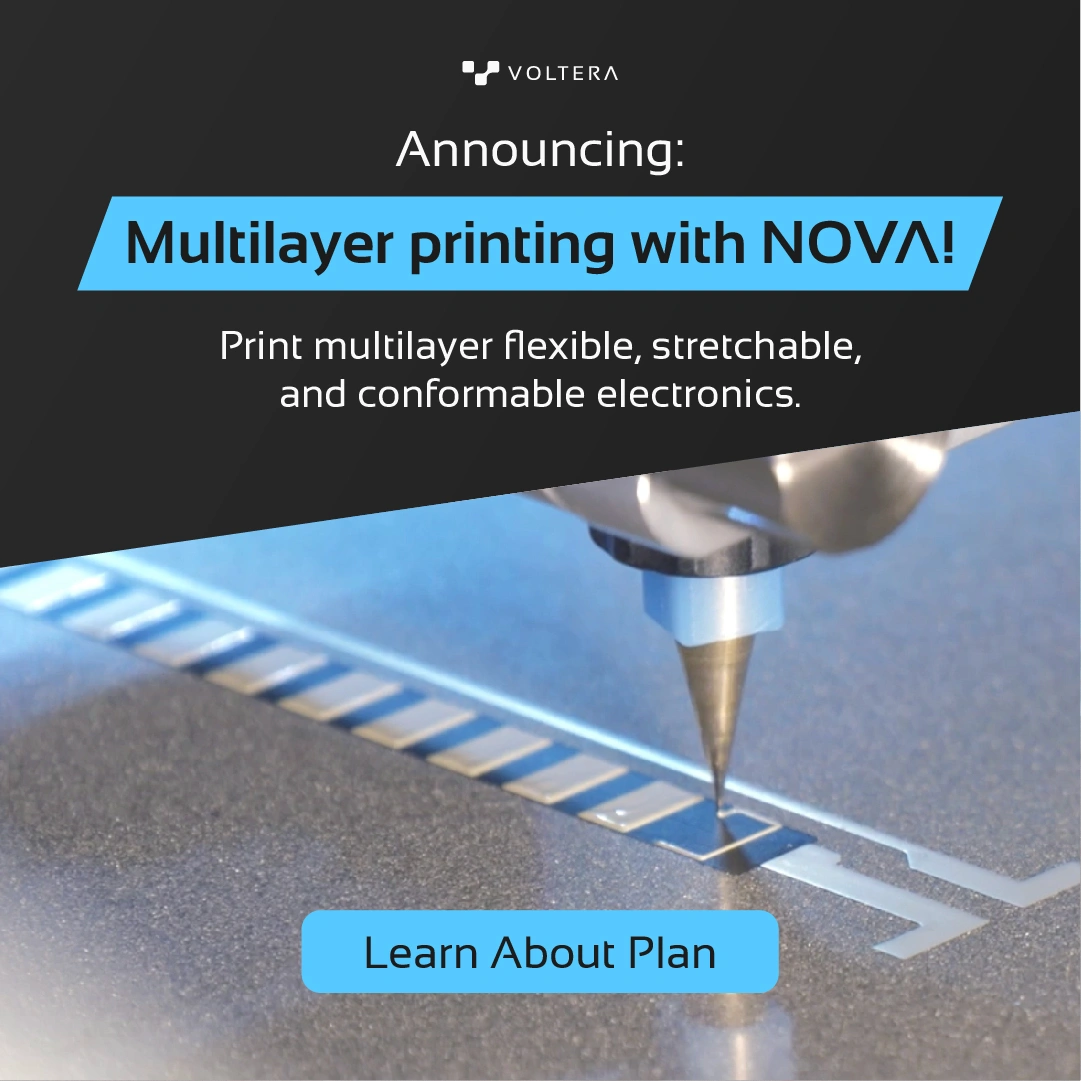Printed Batteries
Printed batteries are energy storage devices fabricated using various printing technologies. The process typically involves dispensing conductive inks, electrolyte paste, and separator material onto thin, lightweight substrates.
In flexible electronics, printed batteries serve a critical role because of their ability to integrate seamlessly into designs with flexible forms and shapes. This adaptability allows customization based on specific material and energy requirements.


- Consumer electronics
- Medical equipment
- Automotive
- Aerospace
- Current collector: Stainless steel, silver, carbon, aluminum, copper, nickel, gold
- Anode: Zinc, silver, carbon, lithium, nickel
- Electrolyte: BMIMTf/PVDF–HFP/ZnTf, H2O/KOH/ZnO, EC:DMC/LiPF6
- Cathode: MnO2, silver, LiCoO2, LiFePO4
- Polyethylene terephthalate (PET)
- Polyethylene naphthalate (PEN)
- Polyamide (PI)
- Nylon
- Paper
- Fabric
Our white papers

Printing a Magnesium Zinc Battery with Saral Inks on PET
This project demonstrates printing a functional multilayer magnesium zinc battery onto a flexible PET substrate, using a variety of conductive and insulating inks.
